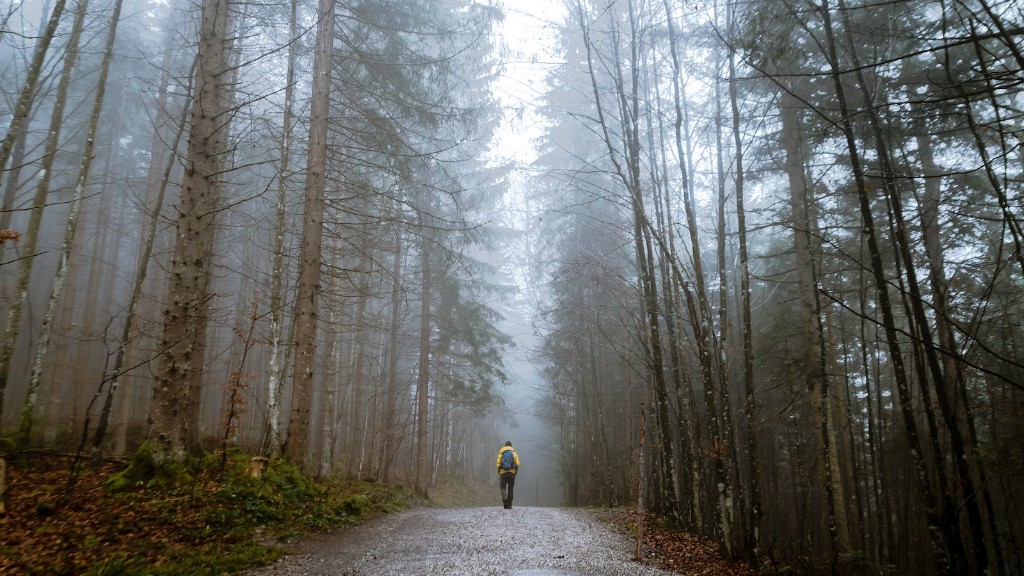Amazon Rainforest Fire: Understanding its Creation
The Amazon rainforest, often referred to as the “lungs of the Earth,” has been experiencing devastating fires that have captured the world’s attention. Understanding how these fires were created is crucial to finding solutions and preventing future occurrences.
Background information reveals that the Amazon rainforest is not naturally prone to wildfires. Instead, it is the result of human activities such as deforestation, agricultural expansion, and land clearing. The fires in the Amazon are mostly intentional, set by farmers and loggers to clear land for farming, ranching, or logging operations.
According to data from Brazil’s National Institute for Space Research (INPE), the number of fires in the Amazon has dramatically increased in recent years. In 2019, there were over 89,000 fires, a surge of 30% compared to the previous year. The excessive burning can be linked to the policies of the current Brazilian government, which has relaxed environmental regulations and encouraged economic development at the expense of the rainforest.
Experts have expressed concerns about the short and long-term impacts of the Amazon rainforest fires. The destruction of this critical ecosystem could lead to the loss of countless plant and animal species, disrupt global weather patterns, and release vast amounts of stored carbon dioxide into the atmosphere, exacerbating climate change.
The fires not only affect the Amazon and its wildlife but also pose a threat to indigenous communities. These communities heavily rely on the forest for their livelihoods, with the fire destroying their homes, food sources, and cultural heritage. It is a tragedy that highlights the importance of recognizing and protecting the rights of indigenous people.
It is essential to address the underlying causes of the Amazon rainforest fires. This includes implementing stricter regulations on deforestation, promoting sustainable agricultural practices, and investing in alternative economic opportunities for local communities. Governments, international organizations, and individuals must come together to combat this crisis and protect one of the Earth’s most valuable and delicate ecosystems.
The Role of International Pressure
International pressure has played a significant role in highlighting the severity of the Amazon rainforest fires and holding governments accountable for their actions. The global community has been vocal in condemning the Brazilian government’s handling of the situation and demanding immediate action to address the crisis.
Organizations like Greenpeace and Amazon Watch have campaigned tirelessly to raise awareness and mobilize support for the protection of the Amazon rainforest. Their efforts have sparked public outrage and put pressure on governments and corporations to reassess their policies and practices.
While international pressure is crucial, it is equally important to acknowledge the structural and socioeconomic challenges faced by countries like Brazil. Finding a balance between economic development and environmental preservation is a complex issue that requires comprehensive and inclusive solutions.
In conclusion, the creation of the Amazon rainforest fires can be attributed to human activities such as deforestation and land clearing. The consequences of these fires extend beyond the local environment and affect the global climate. It is imperative for all stakeholders to come together and take swift action to protect and restore this invaluable ecosystem.
Tackling Deforestation: The Way Forward
Deforestation is one of the leading causes of the Amazon rainforest fires. It requires a multi-faceted approach to address this issue effectively.
Increase Law Enforcement and Penalties: Governments must strengthen their law enforcement capabilities to deter illegal logging and impose stricter penalties on those responsible for deforestation.
Support Sustainable Agriculture: Promoting sustainable agricultural practices, such as agroforestry and organic farming, can reduce the need for extensive land clearing and mitigate deforestation.
Invest in Reforestation: Reforestation efforts must be scaled up to restore the damaged areas and create incentives for communities to engage in reforestation activities.
Engage Indigenous Communities: Recognizing the rights of indigenous communities and involving them in decision-making processes is crucial. Their traditional knowledge and sustainable practices can contribute significantly to the protection of the rainforest.
Embrace Alternative Economic Opportunities: Creating alternative economic opportunities for local communities, such as ecotourism and sustainable forestry, can reduce their dependency on activities that contribute to deforestation.
Rethinking Global Consumption Habits
The global demand for agricultural products, timber, and minerals is a major driver of deforestation in the Amazon. Addressing this issue requires a fundamental shift in global consumption habits.
Sustainable Sourcing: Consumers and businesses should prioritize products that are sustainably sourced and certified, avoiding those linked to deforestation and environmental degradation.
Reduce Meat Consumption: The expansion of the livestock industry drives deforestation for cattle ranching. Reducing meat consumption or opting for plant-based alternatives can help mitigate this demand.
Combat Illegal Trade: Strengthening international regulations and cooperation to combat the illegal trade of timber, wildlife, and other natural resources is necessary to reduce the profitability of deforestation.
Educate and Raise Awareness: Education plays a critical role in shaping consumer behavior. By raising awareness about the impact of deforestation and promoting sustainable choices, individuals can contribute to the preservation of the rainforest.
Global Collaboration for a Sustainable Future
Saving the Amazon rainforest requires global collaboration and cooperation between governments, organizations, and individuals. Collectively, we can work towards a sustainable future.
International Agreements: Governments and international bodies should prioritize the preservation of the Amazon rainforest in international agreements and collaborations, considering its significance for global climate regulation.
Funding for Conservation Efforts: Increased funding should be allocated to support conservation projects, research initiatives, and the establishment of protected areas in the Amazon.
Technology and Innovation: Leveraging technology and innovation can provide valuable tools for monitoring deforestation, identifying illegal activities, and promoting sustainable practices.
Engage Indigenous Knowledge: Indigenous peoples have a deep understanding of the rainforest and can offer invaluable insights. Collaborating with indigenous communities when developing policies and initiatives is crucial.
By working together, we can protect the Amazon rainforest and ensure the well-being of its ecosystems, biodiversity, and the millions of people who depend on it.





